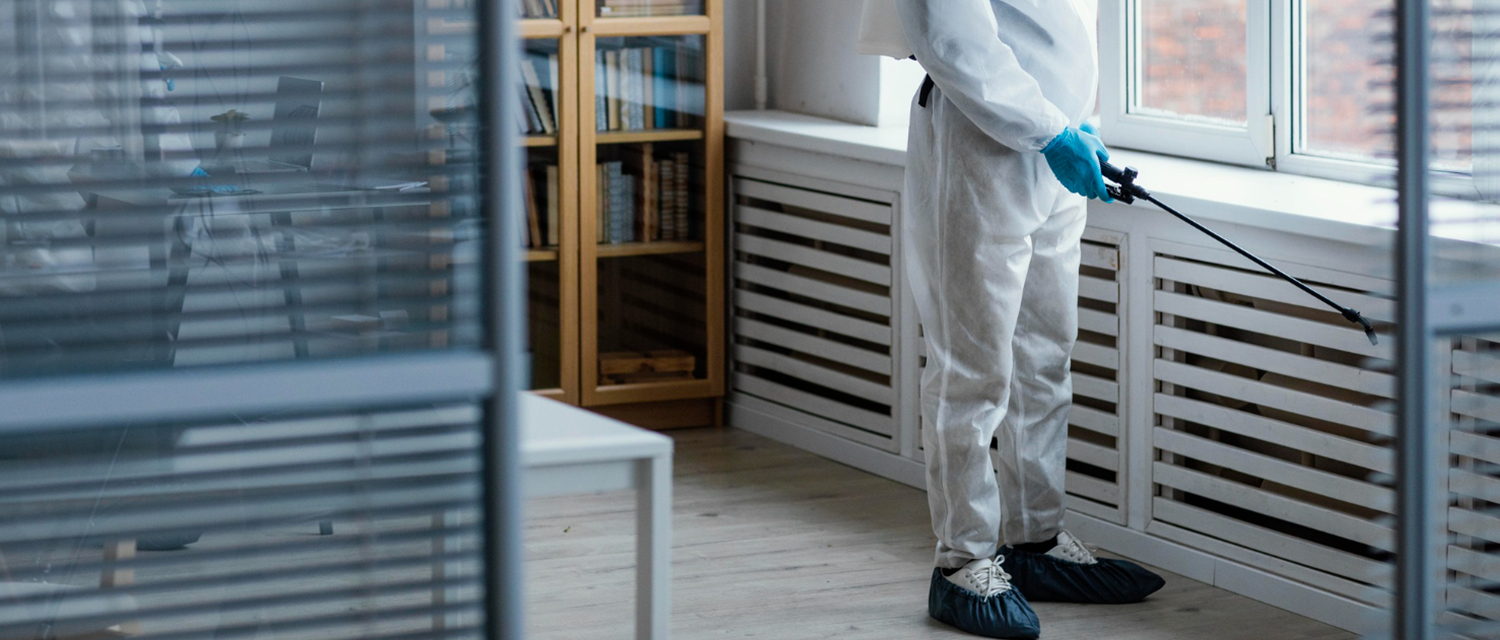Get free quotes within minutes
How to Control European Wasps?

Table Of Contents
- Key messages
- Appearance of European Wasps
- Life Cycle of European Wasps
- Symptoms of a Wasp Sting
- Difference Between European Wasps and Native Wasps
- How to tell between the European Wasp and the Honey Bee
- How to locate the nest
- Useful home remedies for treating wasp stings
- Chemical Agents for the Eradication of Wasps
- How to Keep Wasps Away from Your House and Yard
- Conclusion
How to Control European Wasps in Australia: Proven Removal Techniques, Safety Tips, and Long-Term Prevention Strategies for Homes and Gardens
How to control European wasps involves safely locating and removing nests, using bait traps, and sealing food sources. Professional pest control solutions are recommended for large infestations or hidden nests.
European wasps (Vespula germanica) are destructive stinging wasps that are known to interfere with human activities in formally established or natural settings, pose a real threat to pets and family members and have the potential to harmfully affect crops.
These pests are effective at ruining any picnic or BBQ, and, worse, their bites can sometimes cause serious anaphylaxis.
It becomes especially important to know how to prevent the appearance of these wasps around one’s home and yard to prevent the colony from emerging so close to your home.
You learn all that you have to understand to deal with these outrageous assailants: Seeing them, stages in the life cycle, identifying where they nest, eviction techniques and the best strategies to use when managing them.
Important Things to Remember
- European wasps are extremely aggressive compared to other wasps found in Australia, and they attack humans and animals multiple times and sting them.
- Eradication of the nest works best, and insecticides meant for wasp control should be used for eradication.
- Exclusion methods, including sealing cracks and openings and getting rid of the sources of food and water, can assist in preventing wasp nests from being created around your homestead or garden.
- European wasps nest in some parts of the house, such as trees, roofs or below the ground; therefore, one has to be very careful to spot them as they may be growing in secret.
- Pesticides, insecticide sprays and dust are useful in treating wasps, and these should be used appropriately to avoid endangering lives when some nests are out of reach.

Appearance of European Wasps
- European wasps are social wasps that grow up to an average body length of 12-17 mm.
- These can easily be identified because the female has a black and yellow banded abdomen that can occasionally appear bright yellow, whereas the head is somewhat darker.
- It has brownish-veined wings, and those legs are also dark.
- Though they come in different sizes, the most easily recognisable pattern is the yellow and black stripes.
- The adult’s thorax is black with yellow markings that are quite different in colour from the abdomen.
- European wasps do not have fur; they can be felt to be smooth on the surface, unlike the honeybees.
- They have wide and transparent wings, which are unlike some other Indigenous wasp species that have relatively obscure wings.
- It has long and dark antennae, which makes it relatively easy to distinguish from honeybees.
- European wasps have an elongated structure of their bodies, while the honeybees have a roundish one.
Together with hostility, they use it as a characteristic that they take with them, and it makes it even easier to avoid them if one is lucky enough to come across them.
Life Cycle of European Wasps
Since it is abbreviated as Vespula germanica, the social cycle of the European wasp starts with the queen, which emerges from hibernation in early spring. This female looks for an appropriate place to lay eggs and begins to make a nest where she lays eggs, which, on hatching, turn into workers. These worker wasps are always employed in foraging for food, in the defence of the nest and colony, and even in colony enlargement.
Queen will lay her eggs as she goes on producing her eggs throughout the spring and summer seasons. Because of production, the nest becomes larger and larger over the period, and more workers are bred. At the end of the summer or early autumn, the queen is going to start laying eggs, which results in new queens and male wasps. These new queens and males will leave the nest to mate, and the old colony will subsequently die off as winter sets in.
European wasps prefer to build their nest in areas that provide some protection from the sun and rain, including hollow trees, roofs or even walls. The nests can get big: some can reach a size of up to 10,000 wasps in one nest. As the colony grows to full size, the wasps become more aggressive, and it is easier to come across these wasps.
Symptoms of a Wasp Sting
Wasps are capable of delivering painful stings that sprout red, itchy swellings at the stinging point. Normally, the sting may trigger an allergic reaction in some people through the chest constricting, swelling of the throat and dizziness. Anaphylaxis is serious and needs immediate intervention, and it sometimes develops rarely in critical diseases. Common symptoms of a wasp sting include:
- Pain and swelling in the area where the sting was inflicted
- Redness and itching
- A sensation of pain, that is warm or hot and similar to the feeling arising when one has undergone lip scorning.
- Some of the time, it causes allergic reactions such as rash, breathing difficulties, or dizziness.
Difference Between European Wasps and Native Wasps
A question that is often asked is: how can I recognise European wasps from native wasps? While both species belong to the same family, there are several distinctions:
- Size: European wasps are slightly larger than most of the wasps that are common in most parts of the world.
- Colour: European wasps are black with yellow stripes, while native wasps may be red/black with white or pale features.
- Aggression: European wasps are much more aggressive as compared to normal wasps of Australia and actively try to attack whenever their nest is threatened. However, native wasps are rare in attacking people and animals and only do so when they are provoked.
- Nesting Habits: European wasps are more likely to construct nests in the buried depths of concentration of the earth and other hidden places than the indigenous wasps, which mainly choose tree tops and any open area.
How to Differentiate between the European Wasp and the Honey Bee
Another similar-looking insect that people often mistake with the European wasp is the honey bee. Even so, the two insects are pollinators with distinct features in their behaviour, appearance, and sting.
- Appearance: These are smaller than the European wasps, and are hairy, orange-brown with distinct black stripes. European, on the other hand, is a little bit longer and slimmer with a smooth body, having a black colour with yellow stripes.
- Sting: Honeybees are so equipped and end up stinging only once since the stinger gets lodged in the skin of the target and is pulled off when the bee attempts a second sting, thus killing the bee. European wasps are, however, different and can sting repeatedly and in many instances, are more aggressive than the other wasps when they feel threatened.
- Behaviour: Unlike tropical bees that attack if they feel threatened, honey bees cannot sting unless provoked, while European wasps will attack if their nest is threatened. Honeybees' work is concerned with the pollination of plants. On the other hand, Vespula germanica is hunting for food to take back to their nests.
How to Locate the Nest?
It can be difficult for anyone to find a European wasp nest, especially in the warm months when the wasps are most aggressive. However, there are a few methods that can help you track it down:
- Watch for Wasps Flying to and from a Specific Area: European wasps are one kind of wasp that get to a source of food in a straight line towards their nest. Try to identify which direction a group of wasps is heading in and follow it to its source.
- Observe the Nesting Area: European wasps usually build their nest in holes and cavities, beneath eaves and in walls or under the ground level. These are areas where you should look for signs of wasp activity. A convergence of many wasps going to and from a specific area is a sign of a nest.
- Check for Ground Nests: Such nests can be found in lawns or gardens if you own a home with a yard or a garden.
Care should be taken not to provoke it because moving its nest can cause several bee stings.
Useful Home Remedies for Treating Wasp Stings
If you’ve been stung by a European wasp, there are several home remedies you can use to alleviate the pain and discomfort:
- Cold Compress: For the sting site, use a cold pack or an ice pack to minimise inflammation and numb the affected area.
- Baking Soda Paste: Just add some water to the baking soda, which helps you to make a paste, and you should apply the paste to the sting. This can help to offset the effects of the venom and the pain that comes along with it.
- Honey: A natural upside-down remedy, also an antibiotic, is recommended to be applied on the sting to minimise inflammation.
- Aloe Vera: Sneaking into the sting site, the aloe vera gel has a rapid cooling effect, and hence it can effectively reduce the irritation.
In case of an anaphylactic reaction, manifesting in problems with breathing or swelling of the throat, consult a doctor.

Chemical Agents for the Eradication of Wasps
In the case of large or hard-to-reach nests, chemical treatments are among the most effective ways to control the wasps. This depends on several factors, including the type of nest; a big nest will require a more concentrated chemical solution than a small one. Here are some common options for chemical control:
- Insecticide Sprays: Different ways to remove wasps are offered, and they include using wasp control sprays, which can be applied directly on the opening of the wasp nest. These sprays normally act through paralysis of the wasps, which results in their removal.
- Powdered Insecticides: Insecticidal dust may be used in the same manner as in the control of ants by applying it directly on the nest entrance, and wasps stick to it and die. This method is effective where the queen or the colony is buried or where direct spraying will not work.
- Professional Extermination: If the nest becomes too big or risky to be removed on one's own, then it is better to contact a professional pest exterminator. They know how to go about it, and they have the required tools to do so safely.
How to Keep Wasps Away from Your House and Yard
White is wise when he says that prevention is always better than a cure. If you want to discourage European wasps from setting up shop in your home or garden, here are some strategies:
- Seal Gaps and Cracks: Look behind doors and windows and any other spots that an intruder might use to gain entry into a home. These areas should be sealed to avoid wasp nests being built there.
- Remove Food Sources: The wasps are often found around sweet and protein-bearing foods. Use a cover on the food when they are outside while having food, wipe up any spillage immediately and do not leave beverages or foods containing sugar exposed.
- Use Wasp Deterrents: It is recommended not to use baits or eat outdoors when wasps are active, to hang eradication wasp nests or use repellents such as eucalyptus and peppermint oils to repel the European wasps from constructing nests near their vicinity.
- Maintain Your Garden: Much as this is a little hard, ensure you frequently prune plants where wasps may nest and ensure you clear all fallen fruits or other edibles from your yard.
Conclusion
European wasps are a particularly unforgiving species of wasps, and they are quite hard to eradicate, but one should not panic or get frustrated because once one understands the behaviour of these wasps, and also with the necessary tools, the problem of these wasps can be easily solved.
Locating their nests, applying chemicals appropriately, and avoiding invasions are important in protecting your house and garden from those violent stinging wasps.
If people decide to solve the problem themselves afterwards or use the services of a specialist, it is crucial to know some ways of controlling European wasps.
YOU MIGHT ALSO BE INTERESTED IN

How to Get Rid of Rodents? Expert Advice and Solutions

How to Get Rid of Possums? Expert Tips for Safe and Humane Removal
Capital Cities
- Pest Control Services Services in Melbourne
- Pest Control Services Services in Brisbane
- Pest Control Services Services in Sydney
- Pest Control Services Services in Adelaide
- Pest Control Services Services in Perth
- Pest Control Services Services in Canberra
- Pest Control Services Services in Hobart
- Pest Control Services Services in Darwin











